Ukraine retakes Kherson as advances over Russian forces continue
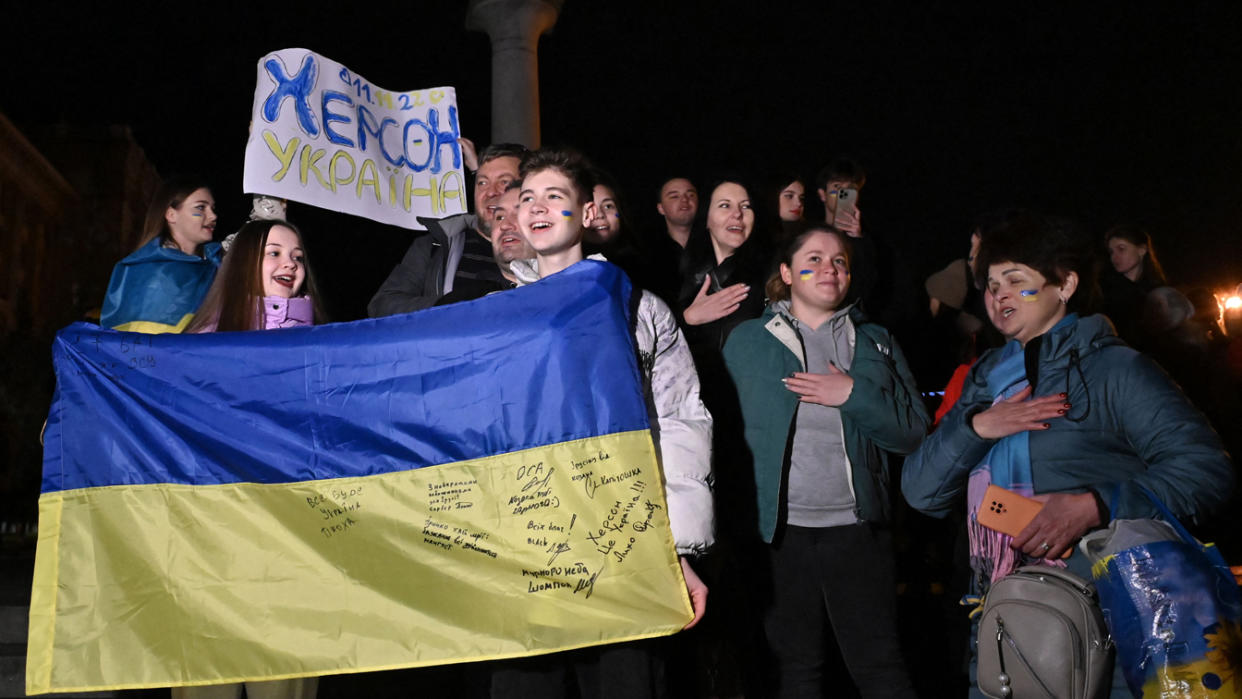
KYIV — In the end, the Russian occupation of the east bank of Kherson simply evaporated.
A little over two days after Sergei Surovikin, commander of Russian forces in Ukraine, and Russian Defense Minister Sergei Shoigu announced the withdrawal of Russian forces east of the Dnipro River in southern Ukraine, the Ukrainian army swept through Kherson province and its capital, where they were greeted by crowds of jubilant civilians.
The first indication that Ukrainian forces were making significant progress came early Thursday morning, when Snihurivka, a strategically important city that had previously anchored the Russian defense north of Kherson city, was liberated by the Ukrainian military.
A day earlier, the city had been the site of fierce clashes between the two sides, which had ended with retreating Russian troops destroying a number of bridges in an apparent attempt to delay the Ukrainian advance. Ukrainian President Volodymyr Zelensky claimed that 41 settlements of varying sizes had been liberated by Ukrainian troops in the space of 24 hours.
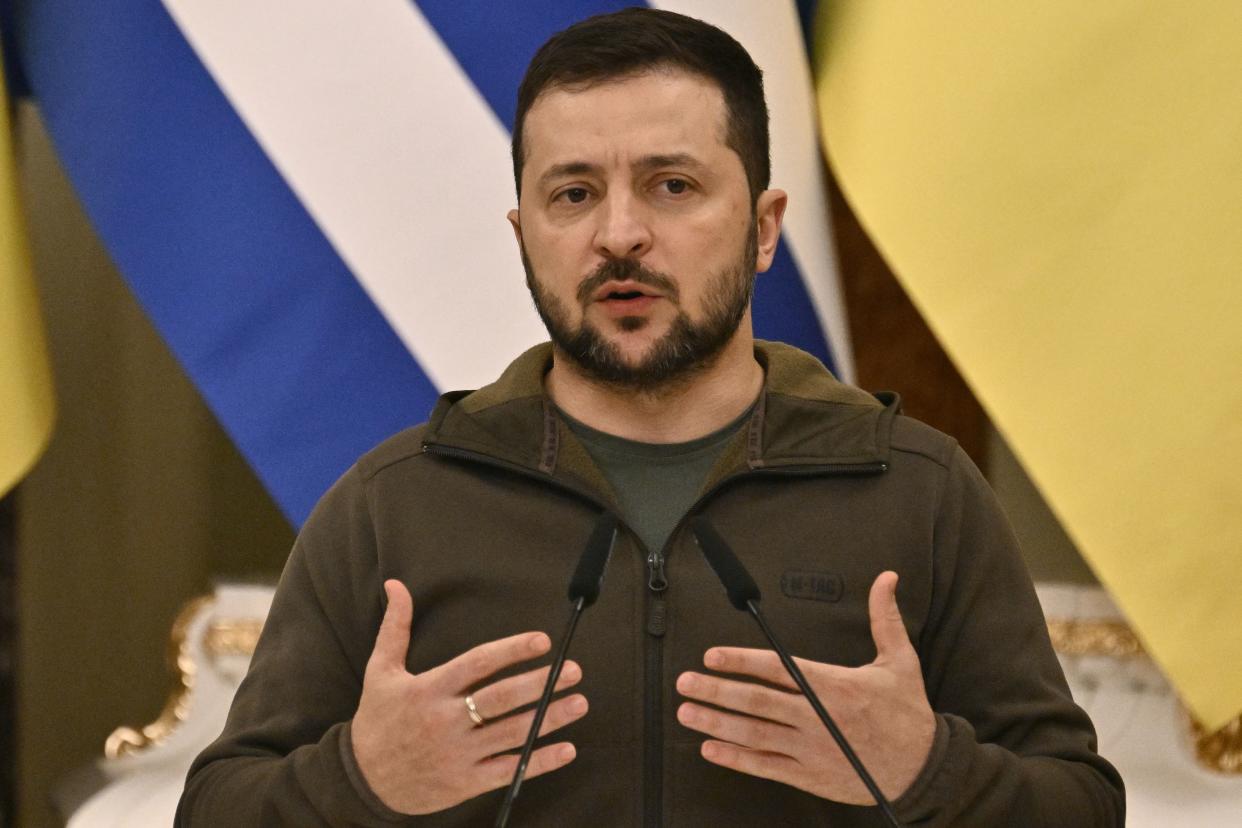
As darkness fell on Thursday, Russian troops remaining on the “wrong” side of the Dnipro grew increasingly panicked.
Pro-Russian Telegram channels, never particularly optimistic about a war they haven’t fully supported even in the best of times, presented a dismal picture of Russian prospects. “If we keep fighting like this ... we will lose Crimea,” one fighter complained in a video posted online.
Considering that the Russian military had already started digging defensive trench lines in the occupied peninsula, this view is arguably shared by the Russian high command. Further adding to the Russian military’s list of woes, the retreat from the west of Kherson oblast will allow Ukraine’s advanced HIMARS rocket artillery to hit a large number of potential new targets in territory that, just days earlier, was safely out of range.
Other pro-Russian voices claimed that panic was spreading among Russian forces on the west bank of the Dnipro and that Ukrainian artillery had opened up on Russian troops waiting to cross.
Under the cover of darkness on Thursday night, the Russian military blew up all the remaining bridges across the river in an apparent effort to stop Ukrainian liberators from chasing after them. Satellite imagery revealed that the crippled Antonovsky Road Bridge, the target of countless Ukrainian HIMARS artillery strikes over the past few months, had been finally bisected by powerful explosions set by Russian sappers. A rail bridge north and east of the city was also completely destroyed, and at least two spans of the road bridge that crossed parallel to the Nova Kakhovka dam were also destroyed. Ukrainians feared that the Russians would blow up the dam itself upon their departure, flooding the region, but for the moment it has remained intact.
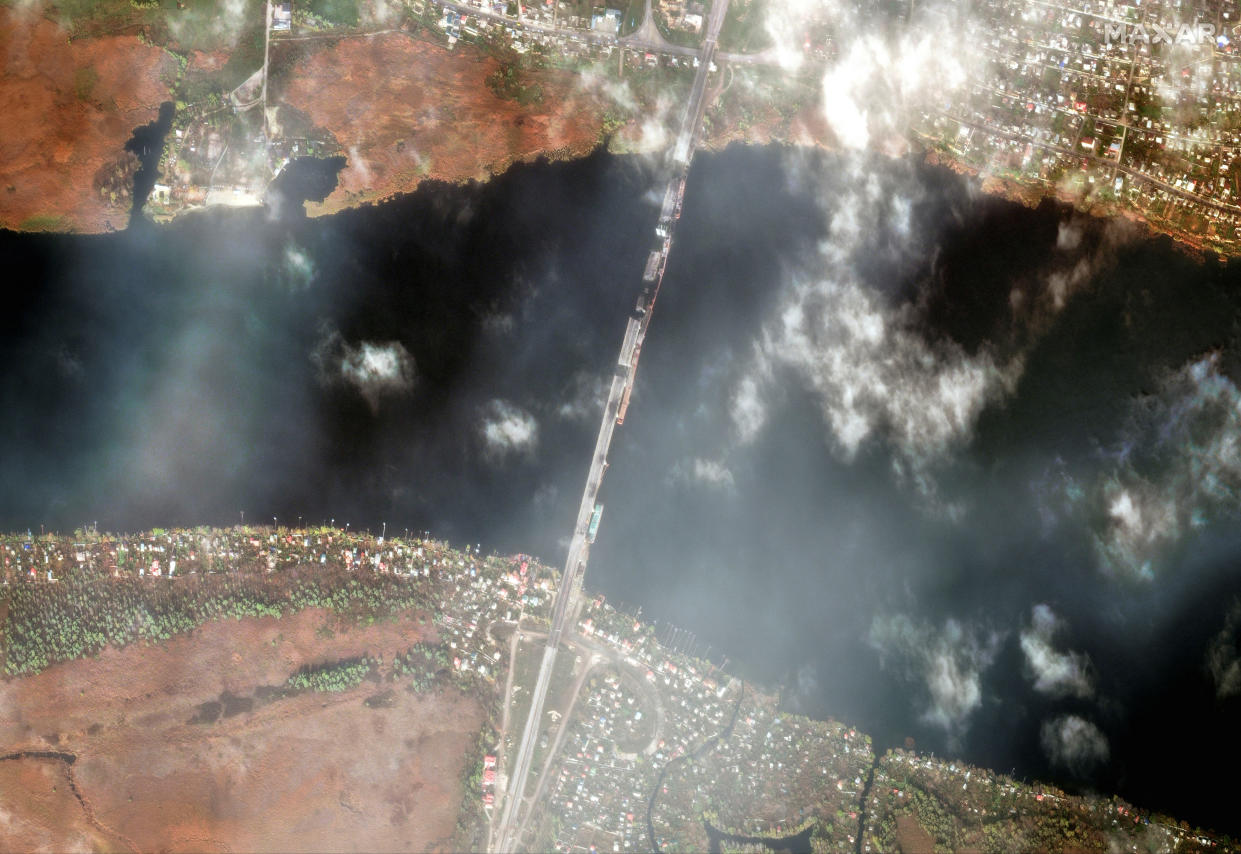
As dawn broke on Friday, the Ukrainian military pressed their advance. In Kherson, the Ukrainian flag was flown on a plinth in front of the Kherson Regional State Administration building. As the day continued and no Russian presence came to remove it, more and more Ukrainians started to gather in the center of the city carrying Ukrainian flags, awaiting the imminent arrival of their army. In a poignant reminder of the Euromaidan protests in 2014, which challenged Ukraine’s pro-Russian president for reneging on a campaign pledge to further integrate the country into the European Union, an EU flag also appeared in front of the building.
The Ukrainian military continued to make slow but steady progress toward the regional capital, the only such city captured by Russia since the start of its full-scale invasion of Ukraine on Feb. 24. In Bilozerska, a few kilometers west of Kherson, civilians were seen tearing down pro-Russian propaganda and displaying the blue and yellow Ukrainian flag. In another video, Ukrainians can be seen pulling down a pro-Russian billboard that proclaimed, “Russia will be here ... forever!”
The Ukrainian military’s swift advance was only made less so by overenthusiastic locals, who insisted on hugging them after their absence for eight long months. A small number of Ukrainian soldiers were lifted aloft and greeted with chants of “ZSU, ZSU, ZSU,” the initials of the Ukrainian army in the Ukrainian language.
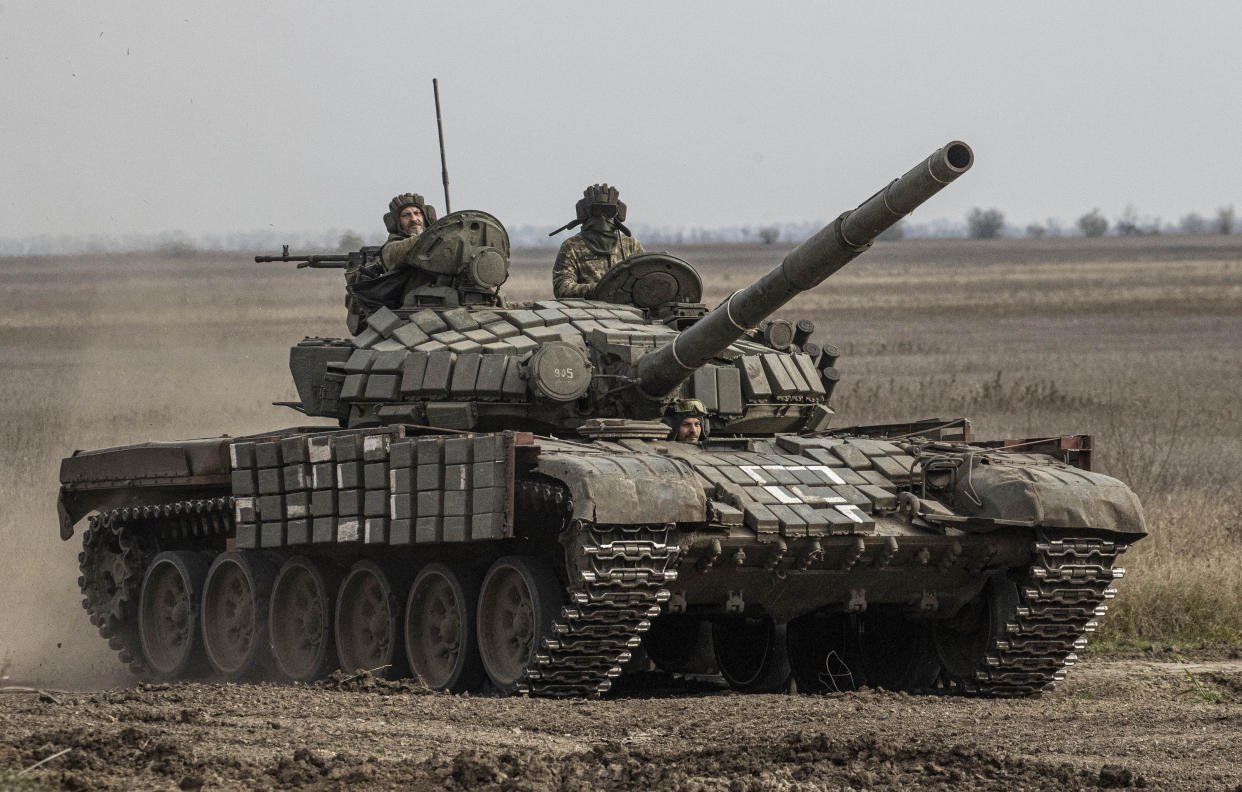
With Russian troops having pulled back, Ukrainian forces are now in control of the majority of the city of Kherson. Strategic locations such as the main police station were quickly secured. Ukrainian troops were seen reaching the center of the city, home to the Regional State Administration building, where a large crowd had gathered.
The retreat from Kherson is a stinging defeat for Russia, despite attempts by President Vladimir Putin’s spokesperson Dimitri Peskov to claim otherwise. “Kherson remains Russian,” he stated on Thursday afternoon, against all evidence to the contrary. Kherson had been annexed by the Russian Federation in late September after the Kremlin falsely claimed that 87% of the oblast’s population voted to “return to Russia.” Videos of jubilant residents posted to social media over the past two days testified otherwise.
With bridges across the Dnipro now unpassable, and the Ukrainian military already securing defensive positions and seeking out Russian troops left behind in the hasty retreat, there seems to be little prospect of the city “returning to Russia” in the foreseeable future.
Russian state media TASS claimed that “more than 30,000 Russian servicemen and about 5,000 weapons and pieces of military equipment” were evacuated to the Russian-controlled east bank of the Dnipro and that no casualties were incurred in the withdrawal.
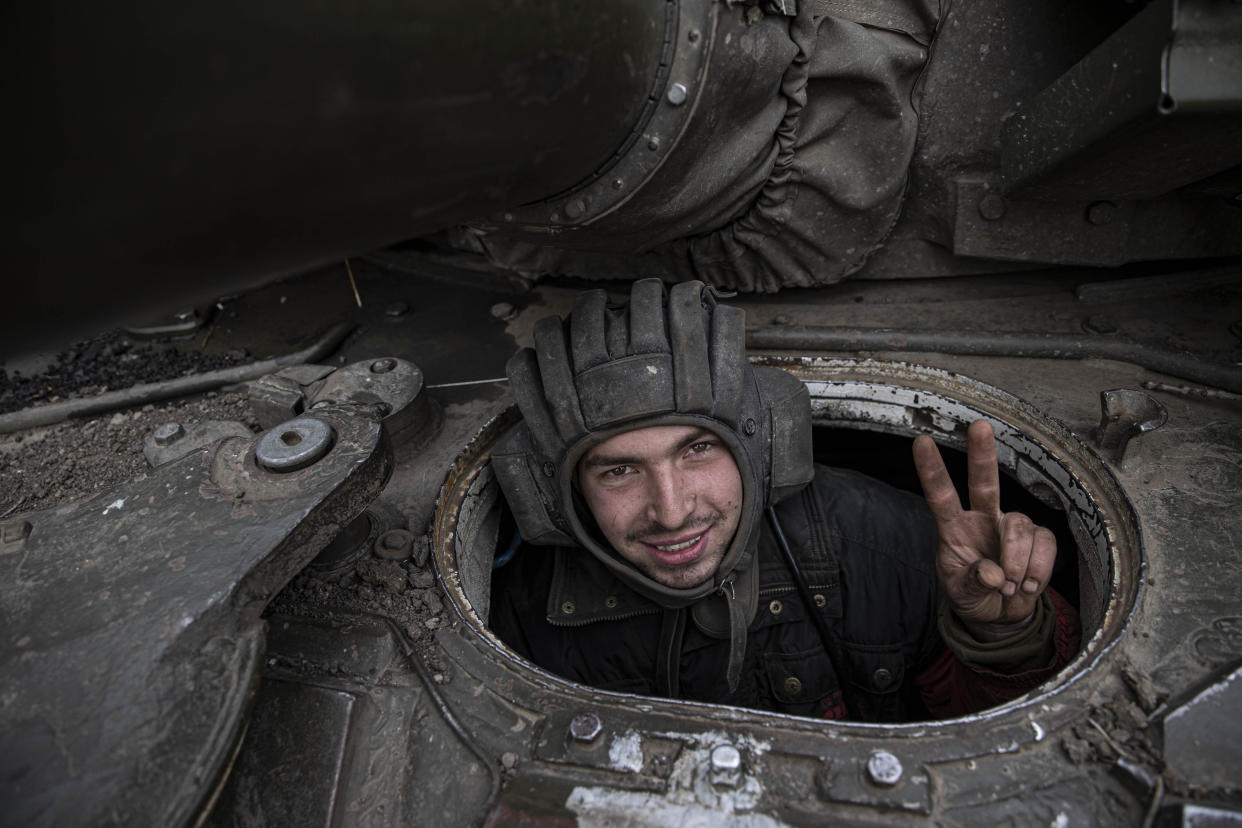
Asked about the recent retreat from the east bank of the Dnipro, Yuriy Sak, an adviser to Oleksii Reznikov, the Ukrainian minister of defense, told Yahoo News that it was “the logical result of the efficient counteroffensive of the Ukrainian armed forces in the south.” That counteroffensive, Sak said, was always premised on strategic patience, with no desire to get involved in heavy street fighting in Kherson itself. Such fighting would have taken a heavy toll on both the Ukrainian military and the civilians who lived there. This strategy ultimately paid off: Kherson was liberated largely intact, with minimum damage to civilian infrastructure.
As of Friday night, the lack of electricity — due to Russian sabotage of the power grid before the withdrawal — had not dampened the party atmosphere there. By the light of bonfires and car headlights, Kherson residents and members of the Ukrainian military danced, drank and sang “Chervona Kalyna,” a Ukrainian folk song that was banned during the Russian occupation.
“The people of Kherson were waiting,” Zelensky said. “They never gave up on Ukraine.”

